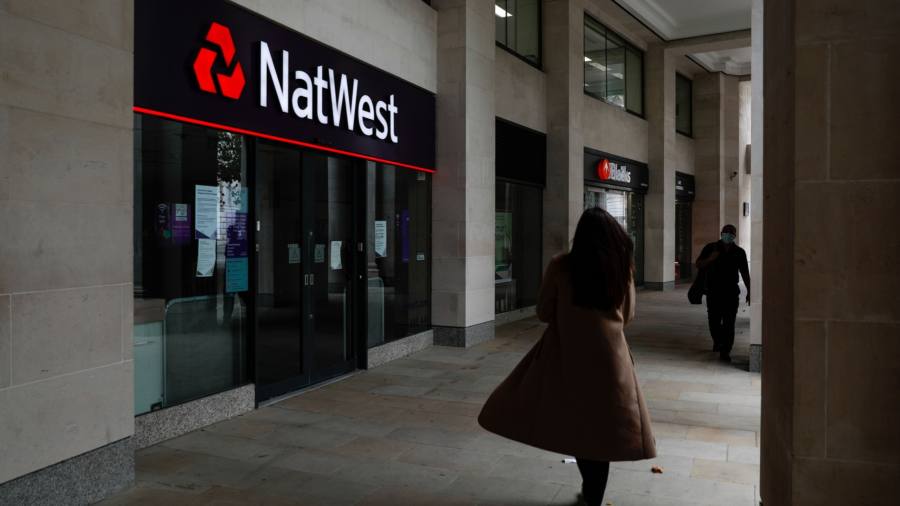
State support for NatWest has taken on a new meaning these days. While the UK Treasury holds just under half the shares, the Bank of England partly controls its profitability. Higher interest rates set by the central bank bolster NatWest’s net interest income (NII) which accounts for much of the bank’s top line.
Essentially, NII results from the bank earning more interest than it pays out to its customers. About 40 per cent of its accounts earn no interest. A healthy, spread income could, however, attract attention from a revenue-starved government. According to third-quarter figures reported on Friday, the year-on-year boost to NII was £771mn, an increase of 41 per cent.
Handily the bank found adjustments to reduce this out-turn. First, it decided to provision for the possibility of bad debts, though chief executive Alison Rose has said repeatedly that she sees no problems in its loan book. Mortgages make up more than half of this.
But, noting the volatility in bond markets, Rose chose to revise down the bank’s economic outlook. It now expects gross domestic product to drop 1.4 per cent next year. Just three months ago that growth estimate was roughly flat. Inflation expectations leapt by more than half to 6.2 per cent.
Last quarter, there was no provision charge. This time the bank tacked on a total of £247mn. It also produced one-off losses due to gilt sales and early redemptions of some of its bonds, which totalled another £261mn. Altogether that offset a good part of the NII increase.
Still, NatWest’s more bearish macro view, especially on inflation, might have backfired. Its share price plummeted 8 per cent by midday. In fact, net of the one-offs and provisions, the bank’s results were better than expected. Costs for the bank are now the worry for next year, thinks Numis.
A little bad news helped smooth out NatWest’s NII surge. Yet, the bank perhaps underestimated the market’s reception to its intensifying pessimism.
Our popular newsletter for premium subscribers is published twice weekly. On Wednesday we analyse a hot topic from a world financial centre. On Friday we dissect the week’s big themes. Please sign up here.